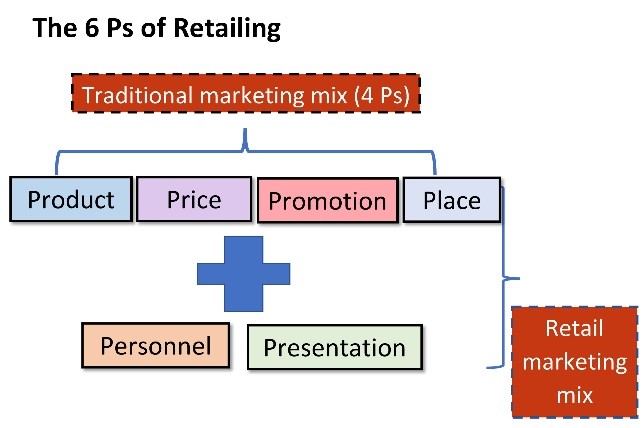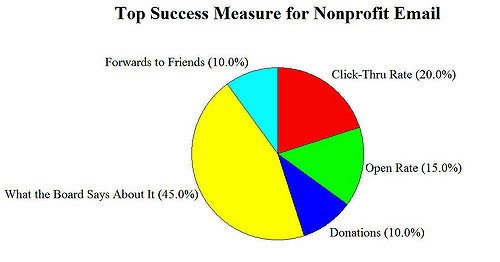Milestones help you gauge your performance and distance away from the end destination. They are an important part of navigating on the road. Similarly, goals can help you navigate correctly in the world of digital marketing. They can help you assess the risks and benefits well in advance. Establishing solid and achievable milestones while designing a plan for the Google Ad campaigns can help you stay on the right course for a long time.
By setting the right goals and strategies you can reach a majority of the global audience effectively. This is why 72% of the marketers increase their budgets for PPC services and Google Ad campaigns every year.
Benefits of Having Micro Goals
Setting the micro goals can help you with the following benefits.
- Stay on the Right Course: The goals will make sure that you stay on the right course for a long period. It is easy for a novice digital marketer to be lured in by a trending strategy. A professional digital marketing has the necessary expertise to keep his/her human emotions in check while adopting a new technique. The expert will perform the necessary due-diligence before adopting a new technique or course for the digital marketing effort.
- Apply Course Correction Techniques: With the set goals, you will most likely stick to a functional digital marketing strategy. Instead of experimenting constantly and changing the course multiple times, you will invest resources in diversification from an early stage. The goals will also help you track your progress and apply the necessary course correction techniques in case things do not work out. It is important to understand that the few initial strategies that you apply will most likely fail at an early stage. Instead of being disheartened, you should apply the necessary course correction technique and learn from your mistakes to move on.
- Adapt to Dynamicity: The goals will help you adapt to dynamicity of the digital marketing landscape. The biggest mistake that you can commit while setting goals is set extremely strict goals for your marketing campaigns. Your goals should be fluid enough to make sure that you can attain them and keep moving forward with the changing landscape.
- Measure Success/Failure: The goals can help you measure the success/failure of the campaign well before it ends. Missing a few milestones/goals is okay. However, if you are consistently missing goals, you have either set too high goals for yourself or you need to change your course immediately.
- Celebrate the Achievements: The micro goals will have you cherish your small achievements. This is why most salespeople have monthly and quarterly targets instead of a final annual target.
- Stay Motivated: Achieving a micro goal can help your employees stay motivated for a longer period. However, make sure that your employees do not let their emotions flow out of control on achieving the goal. Instead, they should channelize this motivation to achieve better results.
Types of Different Goals
The following important metrics will help you in the goal-setting process. The goals for different types of campaigns are different. Here are the four critical types of different goals.
- Goals for Search Campaigns: The goal for search campaigns is usually measured in the number of people that check out your website/landing page after you post the ad. If you are constantly getting more and more amount of visitors, you are on the right path.
Some more advanced metrics for search engine campaigns include measuring the conversion rates. This is actually more helpful in the B2C segment since, at the end of the day, your main aim is to increase the number of sales rather than just increasing the visitor count.
- Goals for Display Campaigns: The display campaigns have a similar goal to the search engine campaigns. You basically rely on the number of people who viewed your ad. A higher number is always better.
- Goals for Video Campaigns: The view count is an important metric for the video campaigns. With a higher view count, Google will place your video higher in comparison to the other videos from the other sources. The number of likes/dislikes also matters a lot in case you have posted the video on YouTube and if you wish to measure the success of a video campaign.
- Goals for Shopping Campaigns: The shopping campaigns rely purely on measuring the conversion rate. If more people end up buying your product/service, you are on the right path.
How to Set Your Own Micro Goals?
Here are a few tips that will help you set your own micro goals effectively.
Step 1: Start Slow – Set Achievable Goals
By setting unachievable and unrealistic goals you can easily lose hope in the initial stages of the ad campaign. You will easily lose track of a strategy and commit the mistake of dilution. If you dilute and diversify your ad campaign efforts in the initial stages, you end up investing in multiple strategies. This kind of diversification is ideal for organizations that can financially afford to experiment. So, if you have a limited budget, you should select key 2-3 different strategies and invest all your resources/time in it.
The selection should be done only after ample amounts of market research to know what is best for you.
Step 2: Focus on Getting Attention
Driving conversion is an important part of your business. With a better conversion rate, your company will see a constant stream of income over time. However, for companies that are starting their digital marketing journey, the conversion rate should not be high up on the priority list. Instead, they should focus on getting more and more attention. The sole focus on increasing the number of visitors will keep you guided for a longer period.
Step 3: Couple the Attention with a Strong Sales Backup
Once you achieve the target of getting more attention, you can shift your focus to include a higher conversion as a key criterion for measuring success. Increasing the rate of success will solely depend on the strength of your sales plan and sales team. Once you have a good backup for the sales-ready leads, you can shoot up your conversion rates up to as high as 100%.
If you have a monopoly in the market you can easily get a 100% conversion rate on all sales-ready leads.
Step 4: Gradually Increase the Scope of Your Goals
An organization needs to constantly re-evaluate its goals as time passes. By increasing the scope of the goals you can easily create a path to a sustainable future for your organization. Make sure that you do not put excessive pressure on the sales and marketing team to achieve unrealistic goals. Instead, try and increase the goals only by a small amount to see how they perform first.
It is always a good idea to encourage your employees to achieve higher and better targets so that your company can grow.
Step 5: Improvise and Adapt
Without the provision for dynamicity, your campaigns will fail within a short period. You should create flexible goals and improvise consistently to ensure that you can adapt to the dynamic digital marketing landscape. By improvising at the right moment you can take a strong leap ahead of your competitors.
Focus on reducing the TAT (Turn Around Time) for the leads to secure a better chance of conversion.
Step 6: Aim for the Top Position
Once you have successfully achieved your micro goals you can effectively increase your horizons and aim for the top position. However, if you are aiming for the top position ensure that you have the necessary resources to actually achieve that goal in the stipulated amount of time.
Asking your sales reps to achieve unrealistic goals without giving them the right resources is not a good practice.
How Often Should You Measure the Success/Failure?
It is easy to get overwhelmed with the numbers on your screen. Most people commit the mistake of changing their Google Ad strategies way too often on a spree to achieve success. Patience is the key to success in the world of digital marketing. If you are a person who takes a judgment based on emotions, you should measure the rate of success/failure only once a month. On the other hand, if you are a calm and composed person who can wait patiently, you can check the rate of success every day.
Even the most well-designed strategies will take at least a few weeks/months to start showing a considerable amount of results on your business.
Quick Revision: Secret Sauce to Success
Here’s a quick revision session that will help you create your own secret sauce for success in Google Ad campaigns.
- Be Patient: Without the right amount of patience, you will constantly keep changing the ad campaigns.
- Diversify: Never put all your eggs in one basket. Investment in multiple campaigns is a good idea.
- Experiment: Don’t be afraid to experiment with unconventional ideas.
- Plan: Plan strategically and set realistic goals to stay on track with all your digital marketing efforts for the long term.









